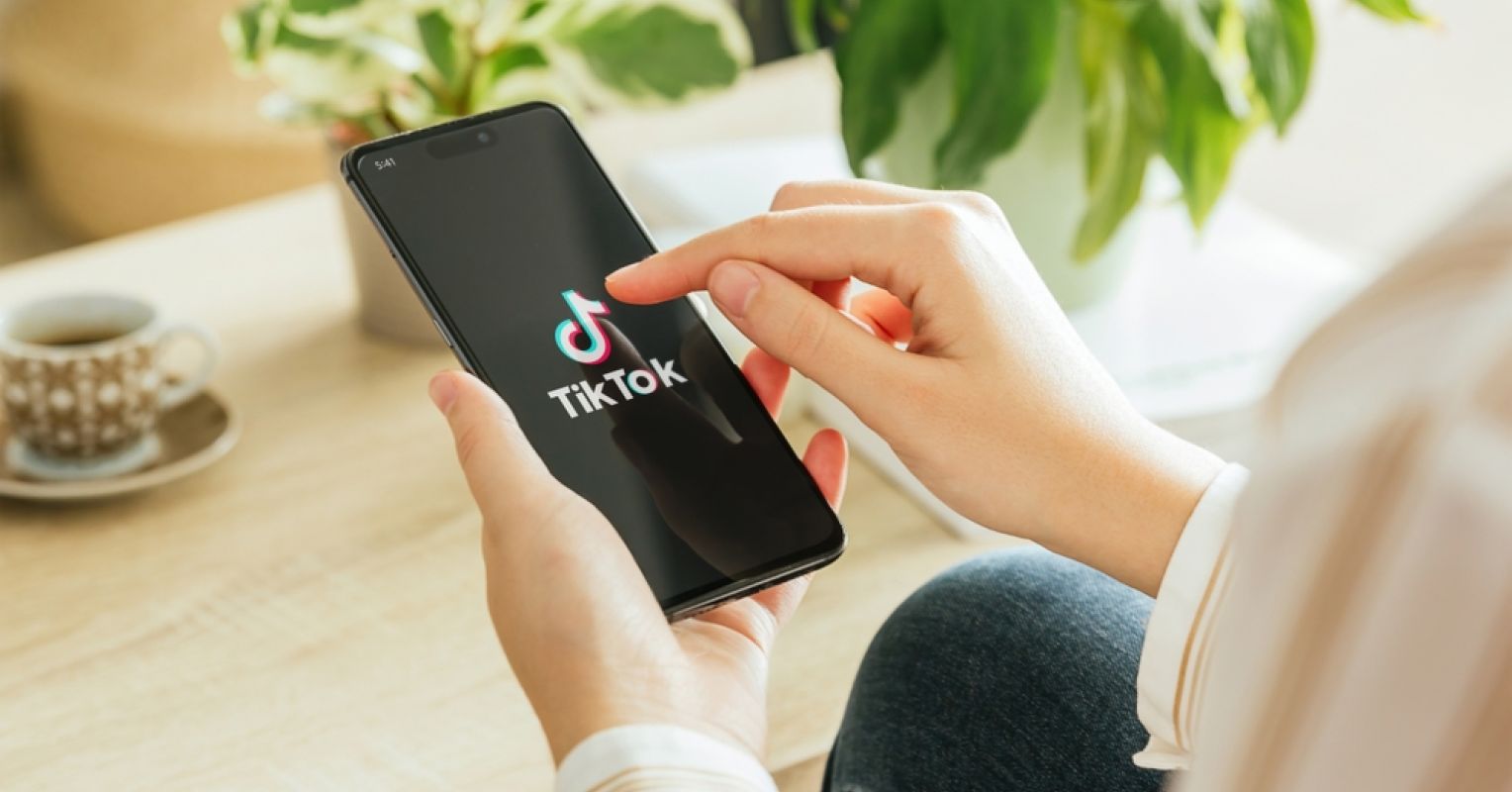970x125
One of the biggest platforms for Gen Z and millennials is TikTok. It’s so popular that even my mother, who is in her 90s and doesn’t own a smartphone, has heard of it—which gives TikTok the credibility it deserves.
In the early days, TikTok was simple: short videos and fun lip-sync/dance skits. Nowadays, TikTok has become messier, more relatable, and closer to our lived experience—and those accounts attract the masses. Not surprising, really. As much as we love our filters and our facial fillers, we still want to be seen, known, and understood.
TikTok has become a space where people share parts of their lives that were once kept behind closed doors. The hashtag #NoShameInTheGame reflects a movement to normalize tough conversations and empower personal choice, showing that many topics—including fertility—are no longer taboo.
#TTC (Trying to Conceive) has racked up millions of views, taking fertility struggles out of doctors’ offices directly into mainstream 60-second clip videos. These posts aren’t just about venting; they inform with science and build community.
Psychological Impact on Viewers
Short videos lend nicely to an overwhelmed brain. They tap into our limited attention spans and our desire to gather information quickly, while viral algorithms connect us to billions of others like us. TikTok’s mix of authenticity, relatable narratives, and algorithm-driven reach makes it especially powerful for topics like TTC. It transforms private struggles into public conversations. The impact? TikTok—no matter the subject area—replaces isolation with a collective story, filling in the gap of silence with reminders that we’re not alone.
Influencers and celebrities who post—and even respond to comments— create the feeling of genuine connection, something very different from simply watching them on TV or in the movies.
Videos on #TTCtok range from funny to candid. At their best, they normalize how we feel, offering a kind of relief we can return to again and again—a catalog of true experiences that affirms we’re not crazy.
The psychological impact of hearing someone talk about things you’ve struggled with or even just thought about is enormous. The validation and sense of belonging can ease stigma and dissolve isolation.
Who Are the Fertility Influencers?
On TikTok, two main types of influencers dominate: everyday people and professionals. Followers sift through, taking the gold and leaving the dross. For those who are TTC, the accounts they follow are mostly everyday women and couples documenting their IVF cycles, egg retrievals, or miscarriages in real time. Their openness and vulnerability make them relatable, and something about their stories feels real and reachable.
Around them orbit wellness and lifestyle creators—voices that usually focus on fitness and nutrition but branch into fertility when their own family-building journeys begin. Added to this are celebrities and public figures, whose posts about IVF or pregnancy loss bring visibility to millions and expand the conversation beyond this tight-knit TTC community.
Anchoring these conversations in science, the professionals—nurses, doctors, and embryologists—use TikTok to explain procedures, bust myths, and respond to common questions. These voices are especially important because they help counter “hacks” and misinformation that circulate online.
Collectively, these voices bring credibility to infertility as a medical condition. They offer viewers a sense of not being alone, shifting the narrative from shame and secrecy to openness and advocacy. At the same time, this visibility raises new questions about privacy, oversharing, and the emotional cost of making such personal journeys public.
What Are the Hidden Costs?
As with all things, where there is light, there is shadow, with multiple truths existing side by side. And as we know, with social media—whatever the platform—TikTok is no exception. There are multiple truths to the ethical and psychological ramifications of sharing on TikTok. On one hand, sharing on a public platform can bring sympathy, compassion, and support. On the other hand, public exposure can invite unwanted opinions and judgment. As much as there is support, there is an equal opportunity for shame, anxiety, and self-doubt. Comparison inevitably follows.
The very use gets flipped on its head, with research reporting similar themes: envy and pain (Sormunen, Karlgren, Aanesen, Fossum, & Westerbotn, 2020), heightened stress and feelings of inadequacy (Xie, Ren, Niu, Zheng, Yu, & Li, 2023), and the triggering of old wounds (Peipert, Wu, Taylor-Cho, Lunn, Swartz, & Acharya, 2023), with all signs pointing to how stigma relief and emotional strain coexist on these platforms (Sormunen, Karlgren, Fossum, Aanesen, & Westerbotn, 2021).
Infertility Essential Reads
TikTok’s algorithm, which repeats and amplifies the content you engage with, likely sharpens this double edge—the comfort of recognition, but also the sting of comparison. It’s a bit like intermittent reinforcement keeping us hooked; at times, it offers validation and comfort, and at other times, it bites.
Where Do We Go From Here?
#TTC has accumulated over 16 billion views (TikTok Creative Center, 2025). Connecting with the masses—and knowing they understand parts of your world—is probably healing. At the same time, being human in a digital age is certainly hard.
Perhaps as much as we buy into what we see, we should also be vigilant about what feeds us and what drains us. How well are we filtering versus engaging out of a desperate attempt at connection? And if we find that we’re scrolling to simply consume, maybe it’s time to step back, unplug, and find support in different ways.
Remember, TikTok and TTCtok are tools. What matters most is what you’re hoping to find when you scroll: validation, or insight you can build on? These are not questions TikTok can answer for us—only we can. In the end, the feed will always be there, but the real work is choosing what we carry forward into our own lives.



